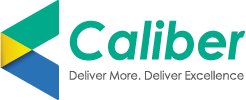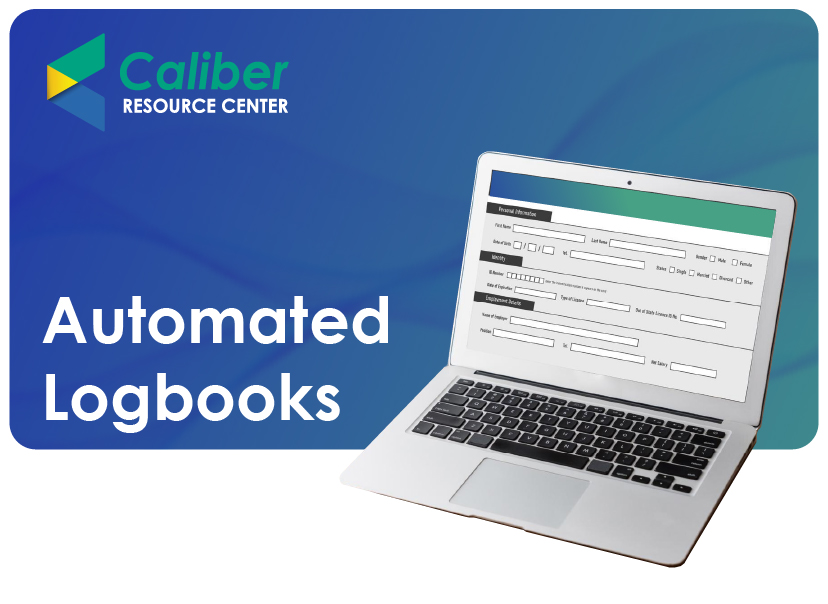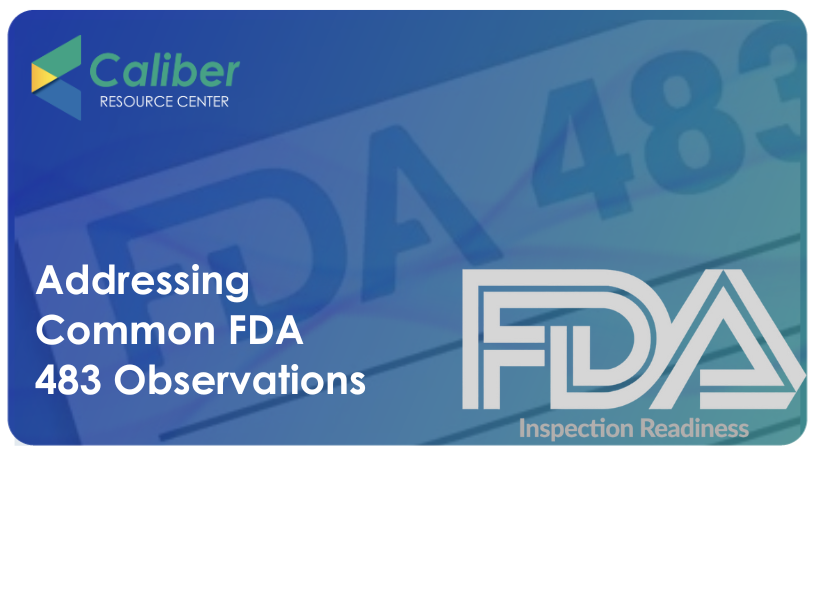What’s Inside
ToggleWhile manufacturing a batch of product, a usual Batch Manufacturing Record (BMR) varies from 200 to 400 pages. Of this, logbooks comprise about 15-20% of the volume
Logbooks and it’s usage
The usage of logbooks is not just limited to the production unit. They are extensively used in QA, QC, warehouse, packing, engineering, and other departments. In QA, the logbooks are used for the issuance of batches, batch records, or the maintenance of other essential information. QC logbooks are used to maintain details of instruments, samples, etc. Details of inventory can be stored properly using logbooks by the warehouse department. In packing, information about when the packing started and stopped, what materials were used, and other relevant details can be recorded. The engineering department uses logbooks predominantly for schedules such as calibration schedules and preventive maintenance. The humble logbook, in fact, plays a significant role in maintaining the relevant data of every department of the organization.
Complete digitalization and automation of processes are essential for tomorrow-ready organizations. The beginning, however, should happen with the basics. Logbooks, which gather data from multiple departments, can act as a strong foundation to complete manufacturing automation.
Challenges of Manual Logbooks: Manual Maintenance of Logbooks
Many production units still manually record entries in paper logbooks. They have to maintain these logbooks in storage areas for almost 5 to 6 years or until the product is in the market. With manual logbook maintenance and storage, a few challenges may arise –
1. Logbook Issuance
- Daily issuance and recording of logbook issuance details is an unproductive task
- Tracking and maintaining the logbook inventory could become tedious
- Receiving used logbooks and archiving them in physical storage areas, sometimes even in external repositories, is painstaking as well as a costly affair
- Retrieval of specific logbooks during an audit from the storage area involves time, effort, and sometimes, transportation costs
2. Increased Risk of Non-compliance
- Human transcriptional errors become difficult to tackle
- Failure in tracking incorrect or misleading entries
- Potential data integrity concerns
3. Direct & Indirect Costs
- One-time printing costs at the beginning of the year could be costly
- Design changes, misprints, and issuance errors could add up to the costs
- Any changes in the format or SOP could also lead to double costs
- Storage, risk mitigation, and retrieval costs are significant
Digitalizing manual logbooks
A simple solution to remove the worries of a manual logbook system is to digitalize it. Logbook digitalization helps users record task details in real-time, track issuance and retrieval of logbooks, reduce transcriptional and misleading entries, and ensure data integrity. A simple step of automating logbooks can help in creating a stress-free manufacturing environment for users.
Electronic logbook for cost efficiency & productivity
As production has a direct impact on costs, the digitalization of logbooks is an effective move to increase profitability, given that many companies end up spending a significant sum annually on logbooks. It also ensures a good foundation for the current necessity of complete digitalization of the manufacturing process. Data can be retrieved easily, and it can also empower teams to attend e-audits. Any potential changes in the format, design, and issuance issues can also be tackled effectively with electronic logbooks.
Which Logbooks can be Digitalized?
Manufacturing companies use various logbooks to record details of the work & status at every stage of production, such as:
| Equipment service log | Equipment usage log |
| HPLC usage logbook | Air compressor monitoring logbook |
| Purified water distribution logbook | Sample registration logbook |
| Sample withdrawal logbook | Sample management logbook |
| Working standards logbook | Stability protocol logbook |
| Reference standard usage logbook | Packing material logbook |
| Training material issuance logbook | Issuance and retrieval logbook |
While the list of logbooks that can be digitalized is extensive and exhaustive, this is only a sample of the logbooks that can be digitalized.
Introducing CalibereLog for the Digitalization of Logbooks
A small but mighty step towards complete automation can be made with logbooks. Digitalization of logbooks will help companies to tackle their compliance, data security, and issuance-related issues. Choosing the right application for logbook digitalization is your next challenge.
CalibereLog helps in the complete automation of logbooks that are otherwise manually filled. By choosing CalibereLog, you can resolve many manual errors and avoid 483s. It offers benefits such as:
- A compliant and user-friendly application, CalibereLog ensures you are audit-ready at any time.
- With CalibereLog, the user always feeds correct data into the logbook.
- The system alerts when the user makes transcriptional errors.
- The sections have predetermined values configured.
- It ensures complete data integrity as the transcriptional and other compliance-related errors are at bay.
Conclusion: Striding the Path to Becoming Tomorrow Ready
Pharma companies should stride confidently to become tomorrow-ready by using applications like CalibereLog. Digitlalizing logbooks will help the manufacturing units transition smoothly from a manual process towards a fully secure & efficient digital process.
CalibereLog will also lead the way for the management and the users to get used to the ways of drug manufacturing in the ‘Next Normal’. Once logbooks are automated with CalibereLog, Pharma companies can move ahead with digitalizing the complete batch manufacturing process with the right tools.
To have a complete overview of the applications CalibereLog and CaliberBRM, sign up for a demo right now!






